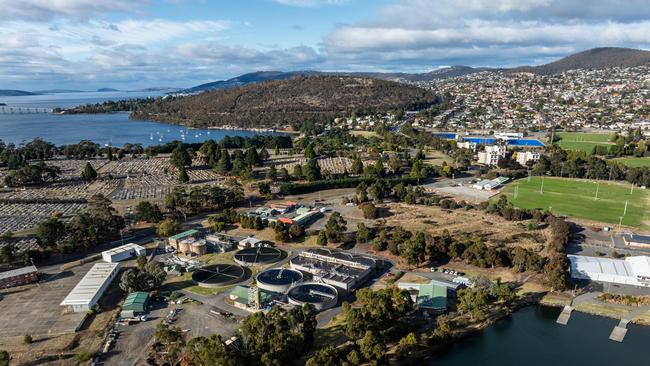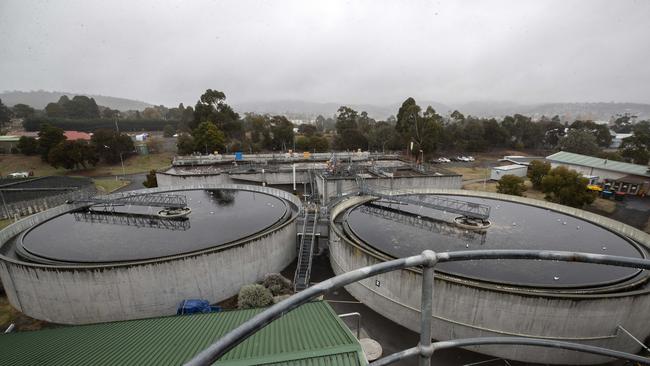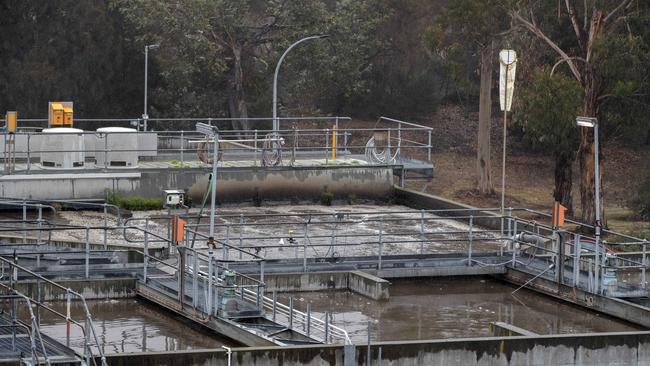Increased activity on Lower Domain road as Selfs Point pipeline works begin
Much of Hobart’s daily flushes will soon take a new route as works begin on a new pipeline set to take 12 megalitres of sewage per day away from Macquarie Point. Inside the project >>

Tasmania
Don't miss out on the headlines from Tasmania. Followed categories will be added to My News.
Hobart’s sewage will soon take a new journey as work begins on a pipeline that will give half of the city’s flushes a new route.
Minor traffic delays are expected this week and next as preparation for trenching and pipeline work for the new 4.3 kilometre pipeline begins.
The new pipeline is a key part of TasWater’s Selfs Point Sewer Transformation project.
This project will see the existing Macquarie Point Sewage Treatment Plant decommissioned and replaced with a more compact state-of-the-art pump station. At the same time, the existing Selfs Point Sewage Treatment Plant will be upgraded and expanded.

The new pipeline is set to carry 12 megalitres of sewage per day from Macquarie Point to the soon-to-be-upgraded and expanded Selfs Point Sewage Treatment Plant.
Trenching and pipeline works are expected to begin in the next fortnight and continue until April.
TasWater acting general manager of project delivery Tim Cubit said Hobart commuters would notice increased activity around Lower Domain Road over the next few months, but he wasn’t expecting significant traffic disruptions.
“The northern end of Lower Domain Road, near the Domain Highway, is busy at the moment – we have trucks transporting pipes, materials and equipment in preparation for the start of trenching works,” Mr Cubit said.


“While digging a trench for a 4.3-kilometre pipeline is a big job, we don’t expect this initial activity to cause significant disruptions to traffic, however minor delays may occur this week and next week as we get the site prepared.”
Once complete, the upgraded plant will treat up to 25 megalitres of wastewater every day and will reduce nitrogen and phosphorus entering the Derwent River by 50 per cent.





